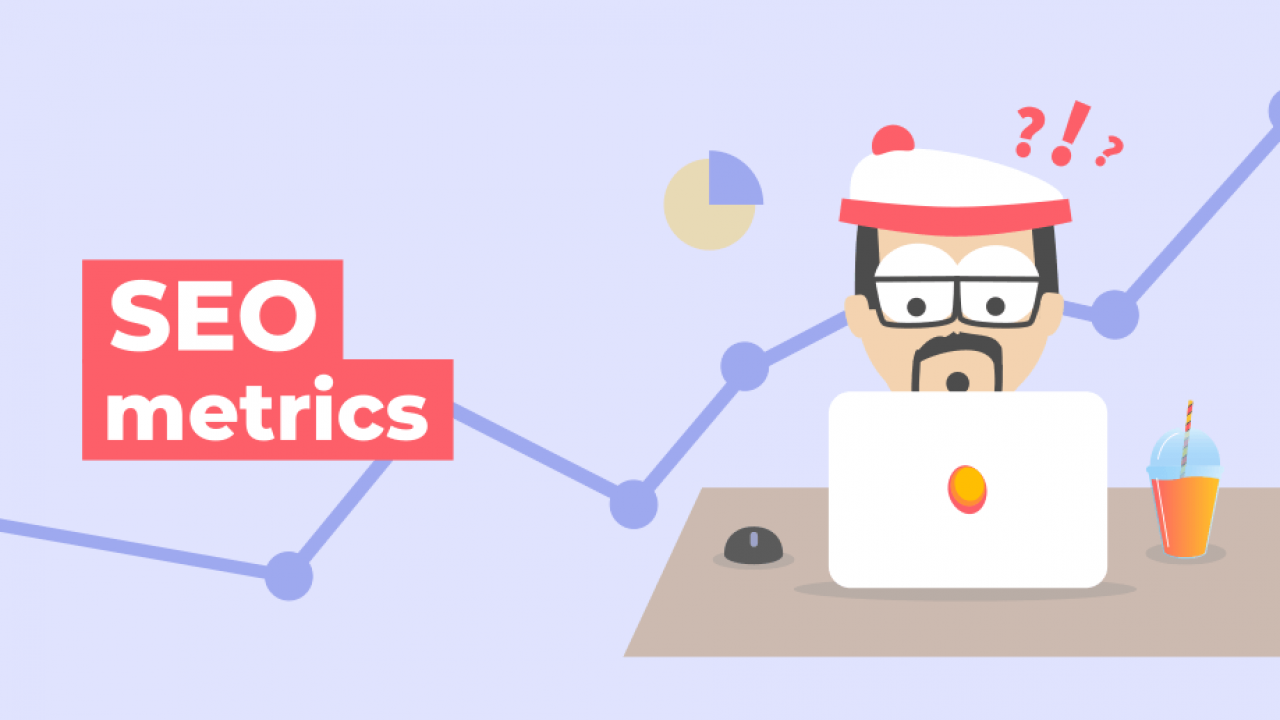
SEO is a methodical and deliberate science. It’s not just about page one keyword rankings. You need to measure. It’s important to have key performance indicators for SEO campaigns.
Over the years, I’ve heard SEO experts and consultants say: ‘you only need to track rankings and traffic’. That’s untrue.
Should Google rankings be the end all KPIs for an SEO campaign? Should there be more conversions on your website? What are the key performance indicators that should be set for an SEO campaign?
How about your bounce rate… conversion rates?
SEO Key Performance Indicator Metrics:
How to measure the success of an SEO campaign other than keyword rankings?
Key Performance Indicator 1: User Acquisition Data Google Analytics
The number of users from Google/ search engines can be tracked using Google analytics.
There should be an increase in user acquisition from the search engines. This can be verified using Google analytics.
The increase in search visibility can be checked in Google analytics. Through Google analytics, you can determine the quality of the traffic that’s coming in by looking at user acquisition data.
The above data can be seen in Google analytics: direct means how many people are typing your domain name into your web browser directly. Social means how many are going to your website from social media platforms such as Facebook, Twitter etc.
-
Unique Page Views
Unique page views is one the most basic metrics for website traffic. Every time someone loads your page, that page gets a pageview.
Only one unique pageview is counted for each user, no matter how many times they view that page, so long as the views happen in a single 30-minute period (called a “session”) and from the same device.
-
The Percentage of Returning Users
Increase in unique views can mean that you’re acquiring new website visitors. However, returning visitors can mean that the content you put out is informative and authoritative.
Key Performance Indicator 2: Bounce Rate
Your ‘bounce rate’ tracks how many people leave your site after visiting just one page. This means that a low bounce rate is a good sign that your content fills the needs of your user.
Once your website is optimized, your website should be more targeted, and the users coming into your website should be actually finding what they are looking for. This should result in a decrease of bounce rate (assuming yours was high previously).
Read More: Top 6 Best SEO Tools For Digital Marketers & Agencies 2021
Time spent on a post or page measures how long it takes for someone to return to a SERP after clicking on a result. The higher someone spends on a single page or the website, the higher the page or website would be deemed as an authority by Google. (That is common sense right?)
Secondly, bounce rate represents the percentage of visitors who enter the site and then leave (“bounce”) as opposed to continuing on to view other pages within the same site.
One way to look at it is, a high time spent on a page, means that the page is delivering the content that the user wants.
Having a high bounce rate would suggest that you’re not delivering on the content beneath your titles. Google may deem your website low quality, and you won’t end up with strong search rankings.
Having relevant and quality content leads to a lower bounce rate, hence increased search rankings.
Key Performance Indicator 3: Average Time on Page
Good copywriting, quality content and good site architecture can lead to an increase in the user’s time spent on each page. Google takes a look at dwell time as an indirect ranking factor.
The time on page can be used as an indicator if the user’s intent is fulfilled. The longer the time on page, the better the user experiences
Key Performance Indicator 4: Keyword Rankings
Keyword rankings are the most common form of SEO KPIs.
This is mostly agreed between many SEO services and the client before the start of an SEO campaign.
However high search engine rankings aren’t always the problem. It may be the lack of a sales copy or poor site layout that causes poor conversions. Keyword rankings can’t be the sole metric of success and failure of a marketing (not SEO) campaign.
Higher rankings do NOT mean higher conversions.
MOZ, an SEO authority has mentioned that rankings aren’t the end-all of SEO campaigns.
There’re many other factors that lead to a lead or sale conversion:
-
UX
-
Branding
-
Design
-
Positioning
Key Performance Indicator 5: Quality of The Types of Landing Page Queries
If SEO is executed correctly, user acquisition from the search engines should be based on the keywords you are targeting.
This can be confirmed using the Google Analytics tool, under “queries”. What are you ranking for? Are the keywords you’re ranking for related to your niche?
This way, you can also filter out popular posts or pages and determine which post or page to further optimize/delete/rewrite.
Your website might have a ton of traffic, but it might be un-targeted traffic.
The type of search queries that people are landing through your page can be compared. This is tracked before and after of the SEO campaign. This is done by looking at Google’s analytics and making a comparison.
Upon executing an SEO campaign, your search traffic may decrease by 50% but lead to more sales and conversions because your traffic is now highly targeted. It’s user acquisition is from users that are actually looking for services, products that you are offering that count.





